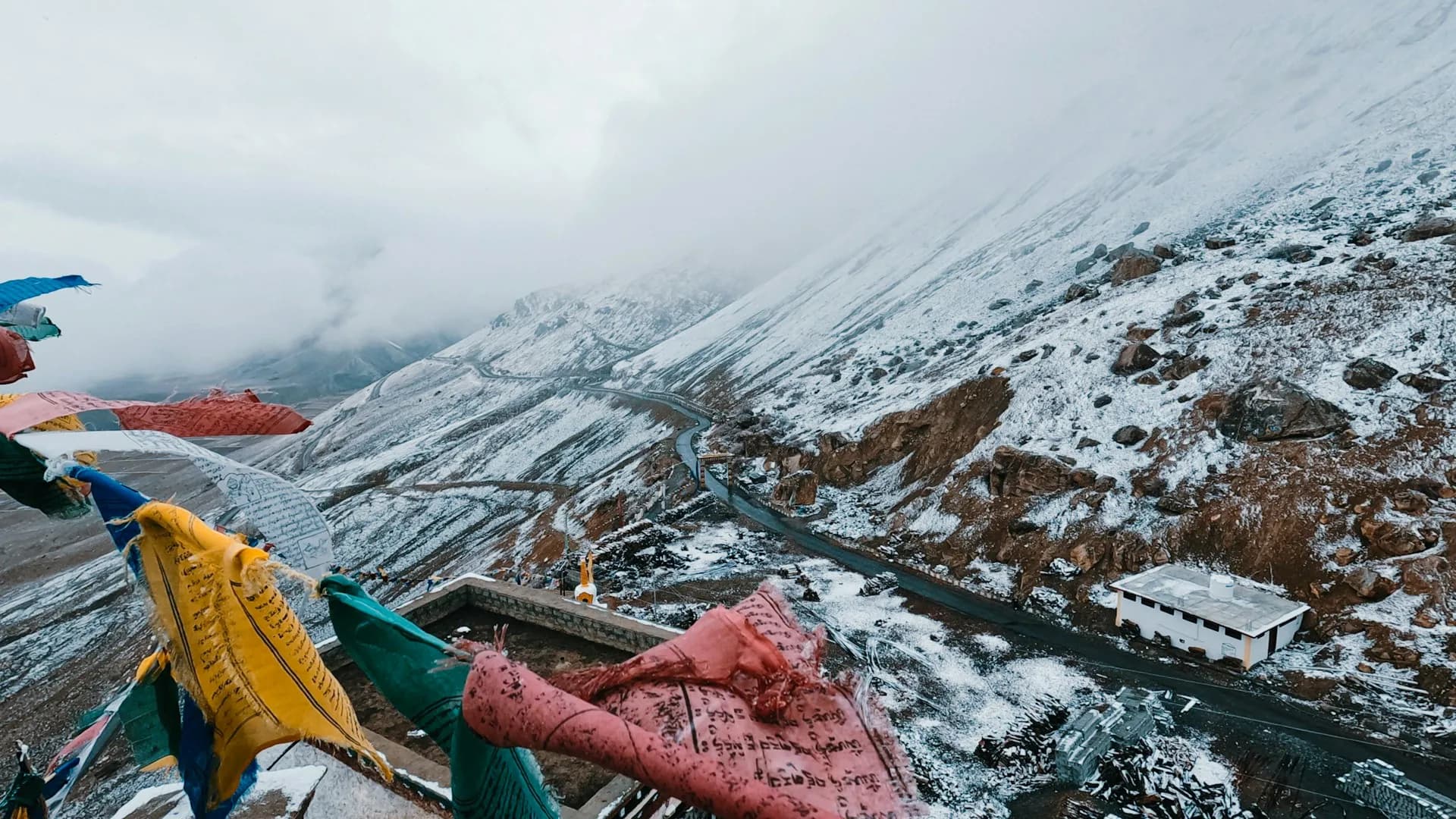Spiti Valley, known as 'Little Tibet,' offers one of India's most spectacular and challenging road trip experiences. This complete guide will help you plan the perfect journey to this high-altitude cold desert.
Route Planning - Two Spectacular Options
**Route 1: Shimla-Kinnaur-Spiti Circuit** Best time: April to October - Day 1: Delhi to Shimla (350km) - Day 2: Shimla to Kalpa (244km) - Day 3: Kalpa to Tabo (150km) - Day 4: Tabo to Kaza (47km) - Day 5-6: Explore Kaza and surrounding villages - Day 7: Kaza to Manali via Rohtang Pass (200km)
**Route 2: Manali-Spiti Loop** Best time: June to October (when Rohtang Pass is open) - Day 1: Delhi to Manali (540km) - Day 2: Manali to Kaza via Rohtang and Kunzum Pass (200km) - Day 3-4: Explore Spiti Valley - Day 5: Kaza to Kalpa (200km) - Day 6: Kalpa to Shimla (244km)
Essential Permits and Documentation
**Inner Line Permit (ILP):** - Required for Indian nationals visiting certain areas - Available online or at designated checkpoints - Carry multiple photocopies and valid ID proof
**Vehicle Documents:** - Valid driving license - Vehicle registration certificate - Pollution under control certificate - Vehicle insurance papers
Must-Visit Destinations in Spiti
**Kaza - The Administrative Hub** - Base for exploring surrounding monasteries and villages - ATM facility (last ATM before remote areas) - Accommodation options from budget to mid-range
**Key Monastery** - One of the most iconic monasteries in Spiti - 1000-year-old monastery perched on a hilltop - Photography and cultural immersion opportunity
**Chandratal Lake** - Sacred high-altitude lake at 4,300m - Camping under starry skies - Accessible only during summer months
**Dhankar Monastery** - Former capital of Spiti Kingdom - Spectacular views of Spiti and Pin rivers - UNESCO World Heritage Site candidate
**Pin Valley National Park** - Home to snow leopards and blue sheep - Trekking opportunities for wildlife enthusiasts - Best visited during summer months
Accommodation and Facilities
**Accommodation Types:** - Homestays for authentic local experience - Guesthouses and hotels in main towns - Camping options near lakes and remote areas - Monastery stays for spiritual experiences
**Important Notes:** - Limited ATM facilities - carry sufficient cash - Mobile network connectivity is sporadic - Fuel stations are limited - keep tank full - Medical facilities are basic - carry first aid
Vehicle and Safety Considerations
**Recommended Vehicles:** - SUVs or high-clearance vehicles preferred - Ensure good condition brakes and tires - Carry spare tire, puncture kit, and basic tools
**Safety Tips:** - Travel in groups when possible - Inform family/friends about your itinerary - Carry emergency food and water supplies - Check weather and road conditions before departure
Best Time and Weather
**Summer (June to September):** - Best weather for road trips - All passes are generally open - Pleasant daytime temperatures, cold nights
**Winter (October to May):** - Extremely harsh conditions - Many roads are closed due to snow - Only for experienced winter travelers with proper preparation
Cultural Sensitivity and Responsible Travel
- Respect local customs and Buddhist traditions - Ask permission before photographing people - Don't disturb prayer wheels or religious artifacts - Carry your waste back and practice Leave No Trace principles
Budgeting Your Trip
**Estimated Costs (per person for 7 days):** - Fuel: ₹8,000-12,000 - Accommodation: ₹2,000-5,000 - Food: ₹3,000-5,000 - Permits and entry fees: ₹500-1,000 - Miscellaneous: ₹2,000-3,000
Health and Altitude Considerations
Spiti Valley sits at an average altitude of 4,000m. Acclimatization is crucial: - Ascend gradually to avoid altitude sickness - Stay hydrated and avoid alcohol - Carry altitude sickness medication - Recognize symptoms: headache, nausea, fatigue
Photography Tips
- Golden hours provide the best lighting - Respect photography restrictions at monasteries - Carry extra batteries (cold weather drains them quickly) - Capture the unique landscape and culture respectfully
Planning a Spiti Valley road trip requires thorough preparation, but the rewards are immeasurable. This journey through one of the world's most remote regions offers unparalleled natural beauty, ancient culture, and personal transformation.
